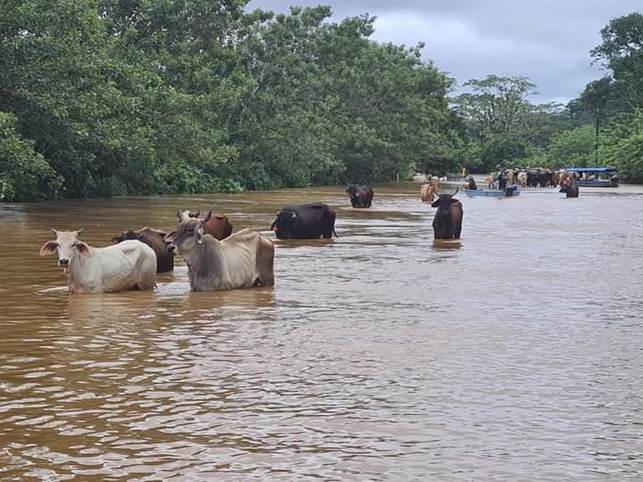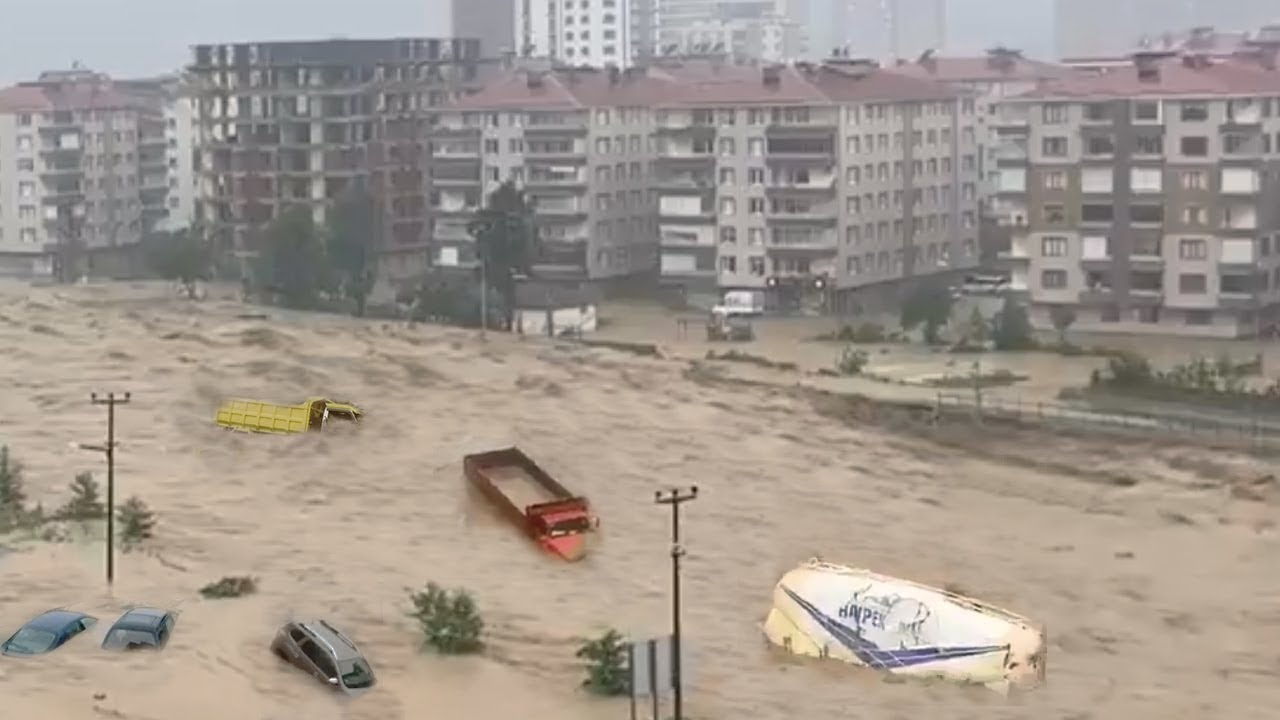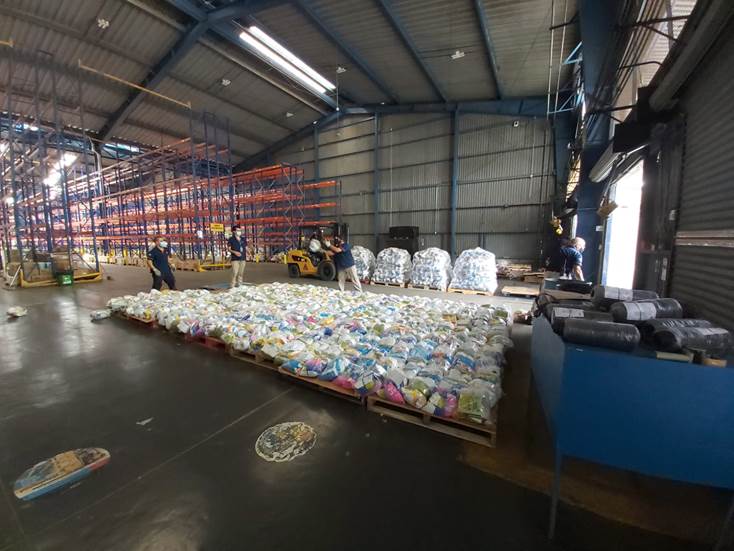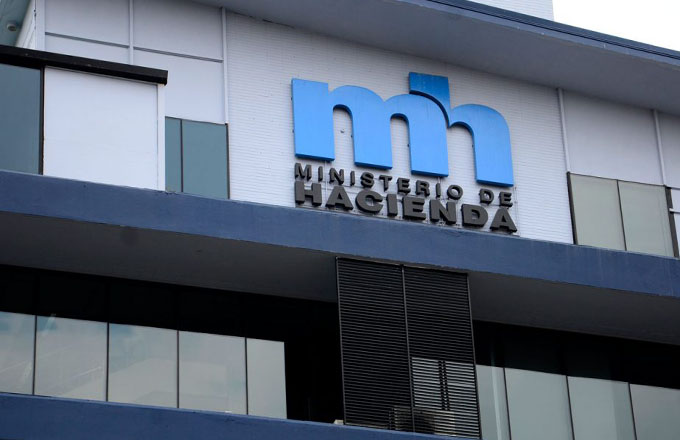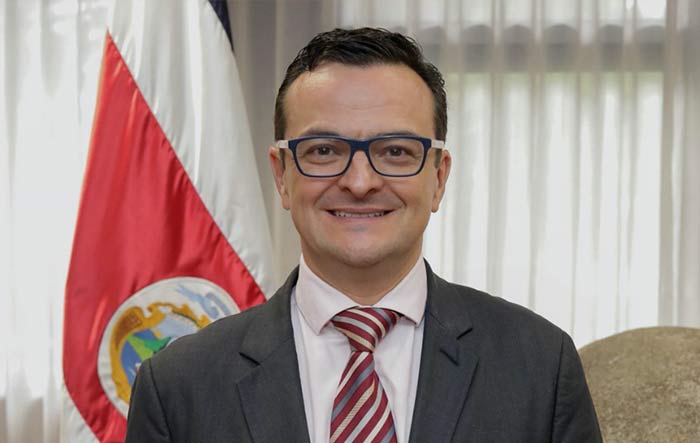The Costa Rican Union of Chambers of Commerce and Associations of the Private Business Sector (UCCAEP) are annoyed at the refusal of the Executive Power to extend the sanitary vehicle restriction until 11:00 pm as formally requested.
Local News for Playa Potrero, Surfside and Flamingo
Heavy rains impact on farm animals and pets
ExpiredThe National Animal Health Service (SENASA), of the Ministry of Agriculture and Livestock, preliminarily reports on the impact of more than 90 thousand farm animals, more than 6000 pets and around 1600 farms that suffered flooding , after the rains of the past few days.
These results are estimated, in a preliminary way, based on the Integrated System of Registration of Agricultural Establishments (SIREA), because in some places it has not yet been possible to enter the affected farms to assess the damages, due to the adverse weather and access conditions.
Reports from temporary shelters for people are also expected, whenever the presence of pets are verified, and wherever the required veterinary attention was provided.
As part of the aid provided to the animals, in Naranjales de Sarapiquí 655 canines and 79 felines have been treated and 1,100 kilos of food for companion animals (canines, felines) have been distributed, thanks to a donation from a group of rescuers from the area which represents an important collaboration. It is also estimated that the affected canine and feline population is over 6000.
SENASA requests the collaboration of individuals and private companies, since there are still many affected animals that require help. Food is needed for dogs, cats, rabbits, chickens, cattle, as well as leashes, bibs, blankets, containers for water and food.
Donations are being received this week at the SENASA headquarters located in Lagunilla de Heredia and at all Regional Offices throughout the country, from 8:00 am to 3:00 pm.
Likewise, people who own farm animals are recommended to keep them away from areas vulnerable to landslides and floods. Shelter them and move them to high, safe areas, with enough food for a week and have an emergency plan to maintain sanitary control of their animals, in order to avoid the spread of diseases.
Pets must be identified and with current vaccination cards. It is advisable to have a kit that includes a leash, food containers, drinking water, medications that the animal requires, and food for 15 days.
For felines, it is suggested to use a carrier or a double pillowcase. Also, do not leave your pets tied up in areas that can cover the water, look for relatives or neighbors who can take care of it, check if the shelter where you will be transferred allows you to take your pets, but do not leave it unattended or on your own, because they could be lost, hit, or killed.
Rules of coexistence for pet owners in evacuation shelters:
• The owner is responsible for his pet:
• Food and hydration.
• Cleaning your space.
• Care that it requires.
• Treatments for illnesses and medications.
• Restraint or containment of the animal to prevent accidents.
• Cleaning and disposing of feces and urine.
• You should avoid contact of your animal with other animals and other people.
Likewise, if the pet is without vaccination or with any disease, you must indicate it to the person in charge of the shelter before entering with the animal. On the other hand, the abandonment of animals in these shelters will be reported to the competent entities and is considered animal abuse, with a penalty of 20 to 50 days fine.
Heavy rains affecting half of Costa Rica
ExpiredAccording to the CNE, the rains of the last 48 hours continue to cause severe damage in the country and the rainy pattern could continue for several more days; For this reason, the Emergency Operations Center (COE) decided to raise a Red Alert in three more cantons: San Carlos, Upala and Guatuso, who on Friday night and early morning have reported sources of flooding.
In total, there are eight cantons under Red Alert, being those that have suffered the most damage to public infrastructure, roads, housing, production, water system and commerce.
At least 36 cantons have been affected in some way.
This was announced by the Emergency Operations Center (COE) to the President of the Republic, Carlos Alvarado, who met with the ministers, executive presidents and mayors of the most affected areas to learn about the most imminent needs of the affected people and generate immediate actions.
In person at the meeting were the Minister of the Presidency, Geannina Dinarte, the Minister of Housing and Human Settlements, Irene Campos; the Minister of Public Works and Transportation (MOPT), Rodolfo Méndez; the executive president of the Mixed Institute of Social Aid and Minister of Human Development and Social Inclusion (IMAS), Juan Luis Bermúdez; the Minister of Public Security, Michael Soto; the executive president of the CNE, Alexander Solís; Firefighters and Red Cross.
On the other hand, Vice President Marvin Rodríguez is in the province of Limón for which he joined virtually along with the executive presidents of Japdeva, Andrea Centeno; from the Costa Rican Electricity Institute (ICE), Irene Cañas; from RECOPE, Alejandro Muñoz; of Aqueducts and Sewers (AyA), Tomas Martínez; from the Municipal Development and Advisory Institute (IFAM), Hugo Rodríguez; the Ministry of Agriculture and Livestock (MAG), Renato Alvarado; and the mayors of the Caribbean Region, Turrialba, Zona Norte and Sarapiquí (areas in red and orange alert)
Emergency situation
Currently, the CNE registered 1,796 events , mainly due to river overflows, landslides or the collapse of roads due to falling trees or landslides.
In addition, the Municipal Emergency Committees have set up 29 temporary shelters in which more than 1500 people are housed , whose homes are flooded. In these care centers, families receive food, mats and blankets. In addition, strict control and compliance with sanitary measures is maintained to avoid coronavirus outbreaks.
Faced with this situation, President Alvarado indicated that what is being sought is to provide a timely response from the institutions of the national risk management system to be able to support the thousands of families that are being affected by the rains in recent days.
“We are in a phase of first intervention, this means that we are committed to safeguarding life. At this time, the work of rescuing people, opening of land access to isolated communities, attention in shelters and searching for the disappeared, ”explained Alexander Solís, president of the CNE.
Three missing persons are reported in the sectors of Tucurrique (1 man), Siquirres (1 woman) and in Caño San José (1 man), for which a search process is underway.
Roads. The national and cantonal highways that are affected are
Route 4 El Tigre Bridge and Puerto Viejo River - AFFECTED
Route 36 (Penshurt) - CLOSED
Route 225 (Pejibaye-Turrialba) - CLOSED
Route 415 (Turrialba- Santa Teresita) - CLOSED
Route 142 (New Arenal Cap) - CLOSED
Route 249 (Guápiles - Tikaban) - CLOSED
Route 250 (Pital - Boca Tapada) - CLOSED
Aqueducts and sewers . Regarding the breakdown of levees, there is a preliminary report in Limón (Valle La Estrella San Rafael), (Puente Negro, Calle La Platanera), Matina and in Guácimo. In addition to the Bocuare bridges and the Bridge over the La Estrella river.
In Valle de la Estrella, the system went out of operation and in Limón, it operates at 50% of its capacity, even artisanal wells have been contaminated.
Living place. Preliminarily, 50 flooded homes are reported in Sarapiquí and at least one house destroyed in Paraíso. These figures could rise as the cantonal teams carry out the damage assessment, once the waters return to their channels and roads are enabled.
Rains will continue for the next few days
The heavy downpours could continue in the North Zone during the next hours of this Saturday, which could generate waterlogging due to the overflowing of rivers and streams, which is why the Emergency Operations Center (COE) asks the population to abide by the security measures and, if necessary, move to the shelters.
Regarding next week, the rains will be present, even the sectors of the Pacific would begin to perceive a rainier condition. These precipitations for the country are being caused by the proximity to the Convergence Zone and the passage of Tropical Waves.
Business Closures Announced for Central Costa Rica
ExpiredThe Costa Rica government has announced the closure of non-essential business in the Central Region, while keeping the international airports, hotels and tourism operators to remain open.
Aid arrives in areas damaged by heavy rains
ExpiredDuring eight consecutive days of the emergency due to rains, which hit Turrialba, the Caribbean and the Northern Zone, the humanitarian actions of the National Commission for Risk Prevention and Emergency Attention (CNE), the Committees and the institutions are focused on bringing food to disaster areas.
Last Friday, with two Air Surveillance Service aircraft, have allowed 185 families from the indigenous communities of Pico Blanco, Alto Bley, Xikiari, Boyey, Bekbata, Sipiri , High Admiral, Ñari, Xinabla, to receive food and other supplies.
In total, 27 air operations have been carried out to carry a total of 472 food packages, throughout the week.
To move food from the CNE warehouses to families or distribution centers, several institutions have provided their trucks and four-wheel drive vehicles to enter isolated communities. These relief packages are given to families who are returning to their homes, or to those who still remain in the shelter.
In Sarapiquí, more than 150 packages were delivered to the border communities of Cureñita and Cureña. In Limón, 500 food rations were transferred for the families of Sixaola and last Friday, a new entry was made with another 500 packages.
"After an emergency of this magnitude, the most urgent thing is to provide food and personal hygiene items to people; in some cases drinking water, since its sources could be contaminated and it is vital to provide reservoirs and liquid for their consumption", said Sigifredo Pérez, Director of Risk Management, of the CNE.
It has been necessary to establish humanitarian bridges to transport food by air, by boat and in 4x4 vehicles.
In Pococí, Siquirres, Guácimo and Matina, visits will continue to assess damage to roads, bridges, dikes and homes. The MAG works to assess the loss of crops in the areas and the impact on livestock production. In Matina, SENASA works in the care of animals within emergency zones, applies vaccines and dewormers, as well as provides food for pets.
These evaluations reinforce the work already done by other cantons, in charge of institutional teams, even to determine an approximate number of houses have partial or total damages.
In the Sarapiquí canton, the Municipal Emergency Committee will work during this weekend to attend to the shelters it has in various parts of the canton. IMAS works on the assessment of affected families. In Pococí, more than 350 packages are taken by boat to the communities of Puerto Lindo, Barra Colorado Norte, Colorado Sur, Jobo, Isla Brava and surrounding areas, thanks to a team made up of institutions and the supportive contribution of civil society.
Shelter populations
More than 2,000 people have returned to their homes to continue cleaning and disinfection after their homes were flooded. On the other hand, 37 temporary accommodations (shelters) have already been closed, including the one that was installed in the Talamanca CTP.
As of this Friday, the Municipal Emergency Committees serve 1,445 people who remain in a temporary shelter, many of them installed in communal halls, churches, gyms. Sarapiquí is the canton with the most shelters open with a total of 16 with 1246 people, the other 7 shelters, still operating, are located in Turrialba, Jiménez, San Carlos, Guatuso and Limón.
Supply of electricity, telecommunications and drinking water
Most of the electric fluid services were restored, according to the Costa Rican Electricity Institute (ICE), registering an advance of recovery in the Caribbean Region of 99.77% and 100% in the Brunca Region . With regard to the rehabilitation of telecommunications, work is still ongoing in Bratsi and Valle de la Estrella.
Acueductos y Alcantarillados has all the services operating normally in the most affected areas, while the ASADAS still has a report of 30 systems that remain affected and 11 that have been recovered.
The President of the Republic, Carlos Alvarado, and the President of the CNE, Alexander Solís are in Sarapiquí, one of the most affected cantons with the largest number of people displaced to temporary shelters. One of the places visited was the Puerto Viejo de Sarapiquí clinic, one of the facilities that suffered from the rains.
In addition, on the tour there was an Inspection on the Horquetas Bridge and a visit to the Agape shelter in the facilities of the Methodist church, where about 200 people were received, victims of the floods in the Horquetas district and its surroundings.
CNE remains alert to seasonal rains and the passage of tropical wave # 20
According to information from the IMN, starting in the early hours of Sunday, an increase in rainfall over the country could be perceived, especially in the Caribbean and the Northern Zone, due to the transit of tropical wave # 20, an event that could even leave rains in the Central and South Pacific.
Faced with this scenario, the CNE asks the population to be vigilant in areas prone to new floods due to overflowing rivers, landslides and falling material on the roads; and the status of current alerts for the country is recalled, in attention to hydrometeorological phenomena:
· Yellow Alert for Huetar Region Northern Region Caribbean and Turrialba
· Green Alert for Central Valley
Facing a long weekend, and in light of the forecast of increased rainfall, the CNE reminds the population to avoid traveling in the afternoon or at night, to drive with great caution on those routes prone to landslides. Do not drive at high speeds, and turn on the vehicle lights when driving in the rain.
Given the possibility of an electrical storm, the population is recommended not to stay in open places, away from trees, power lines and communications towers
Shareholder Declaration Deadline Extended
ExpiredThe Ministerio de Hacienda has extended the deadline to submit the mandatory Shareholder Registration for Corporations.
ICT Promotes Gender Equality in Tourism
ExpiredOne of the topics addressed Tuesday during the weekly Governing Council meeting, Gustavo Segura, Minister of Tourism, informed the Government Council on Tuesday that the board of directors of the Costa Rican Tourism Institute (ICT) approved the signing of an agreement with the National Institute of Women (INAMU) to promote gender equality in the industry, tourism, the prevention of violence against women and the construction of safe tourist environments for women who travel alone.

